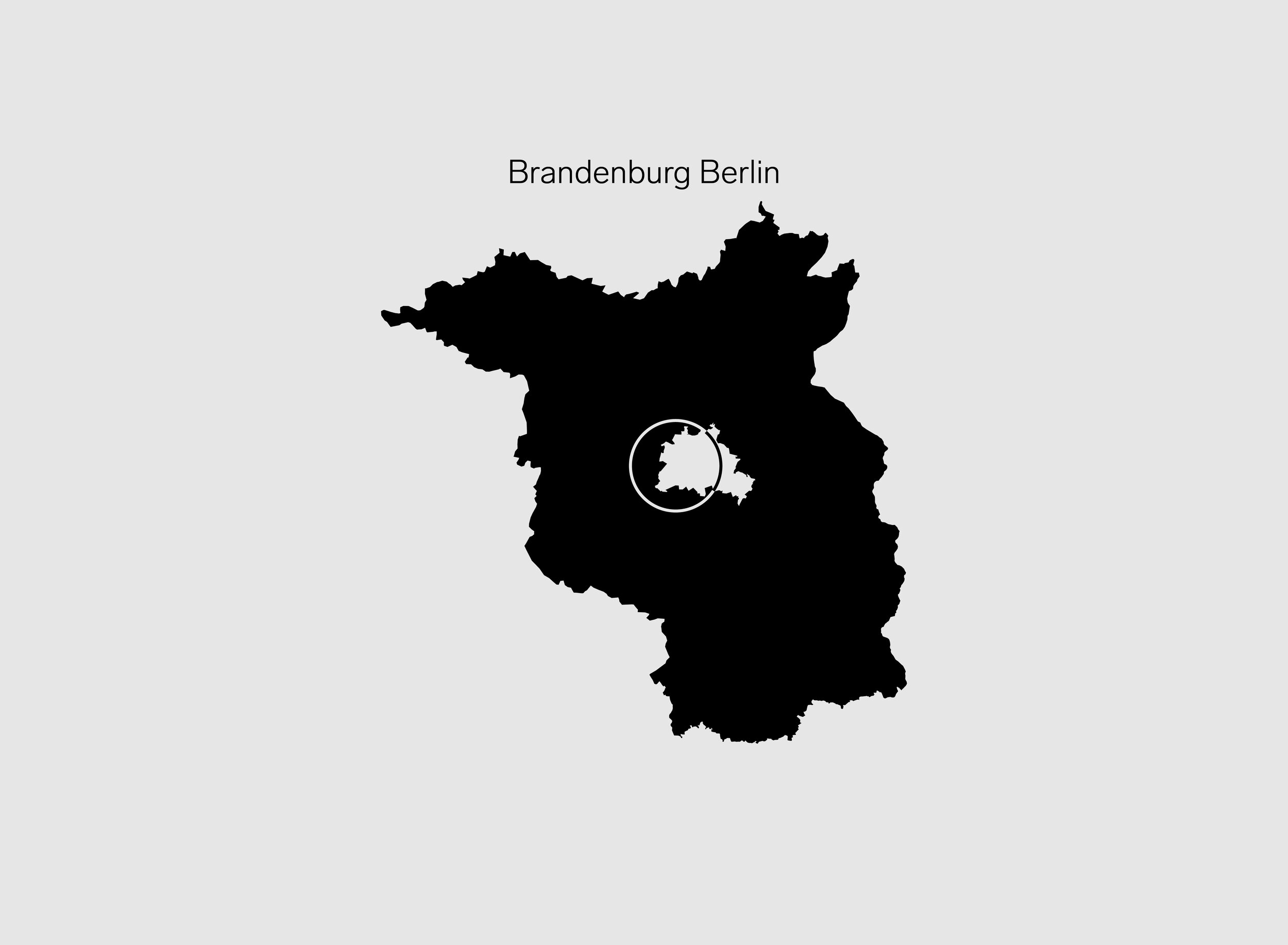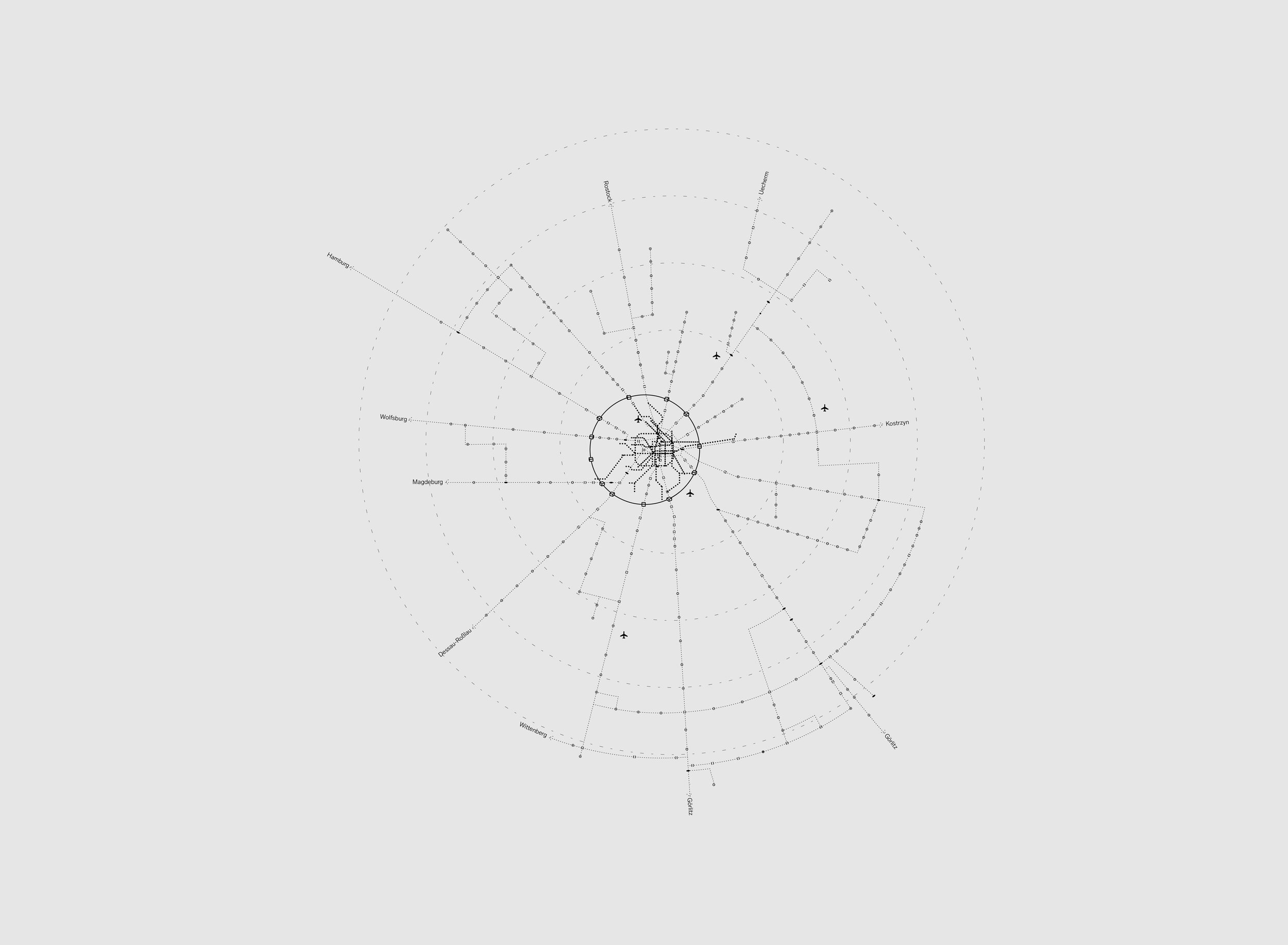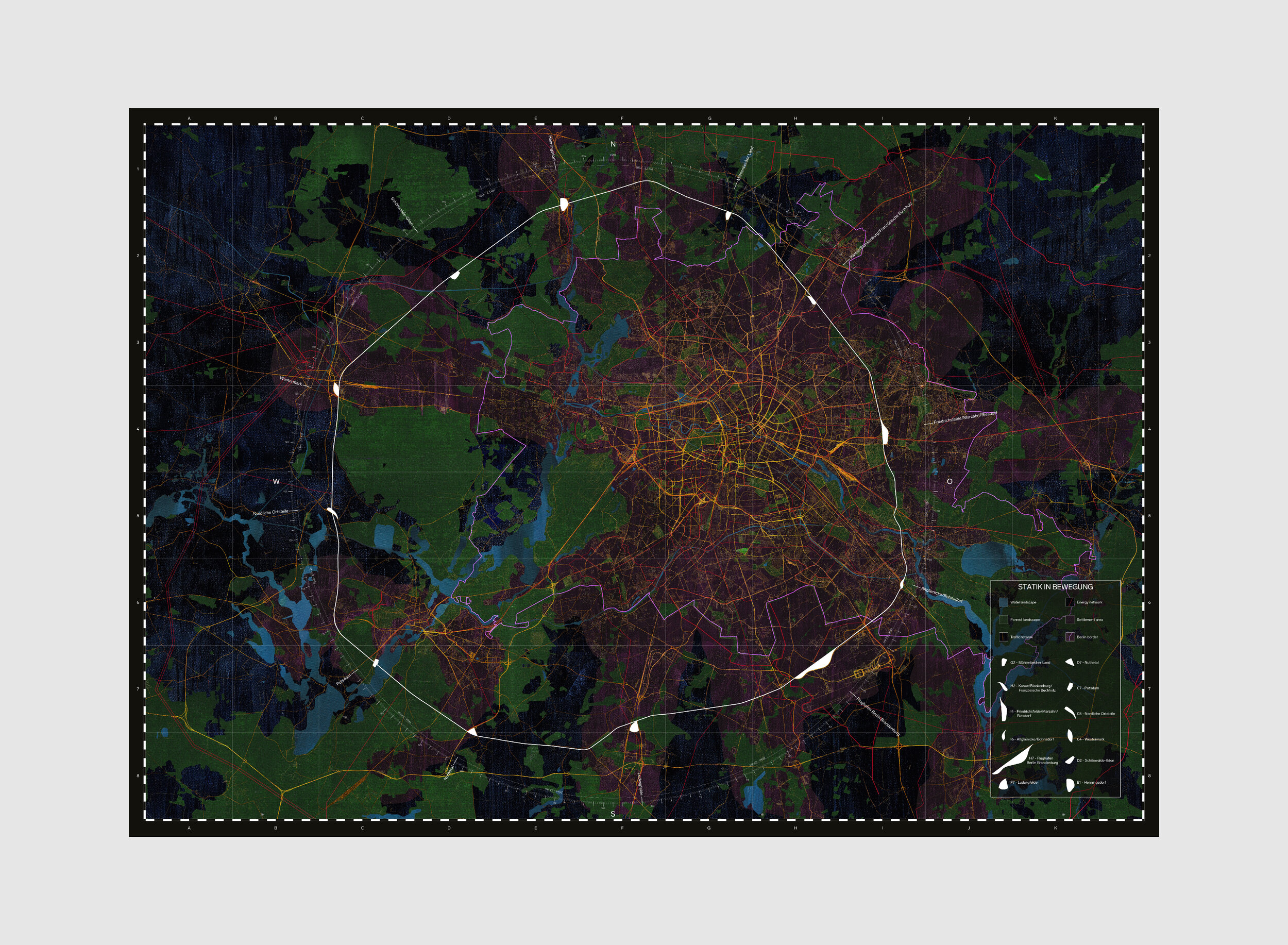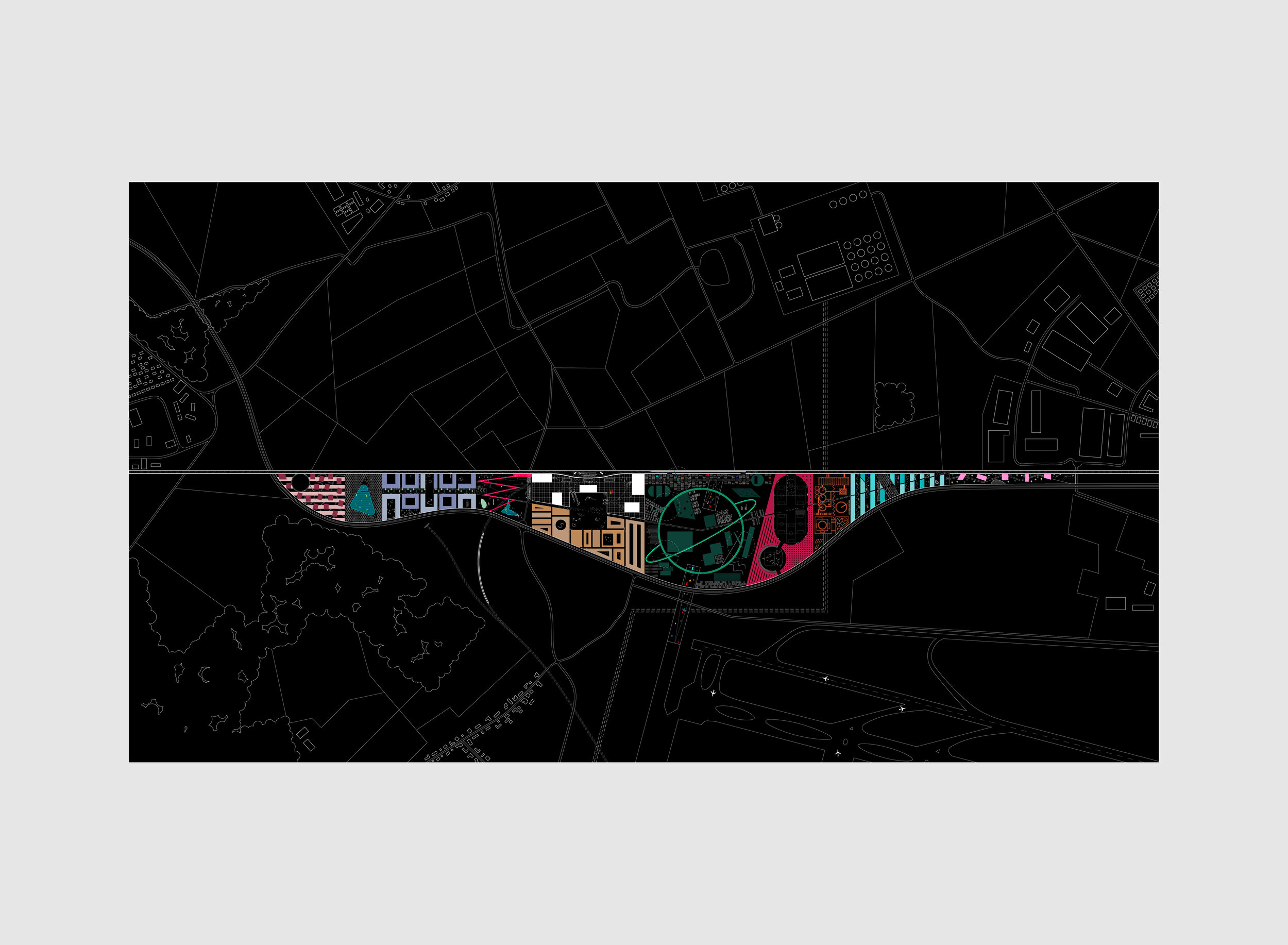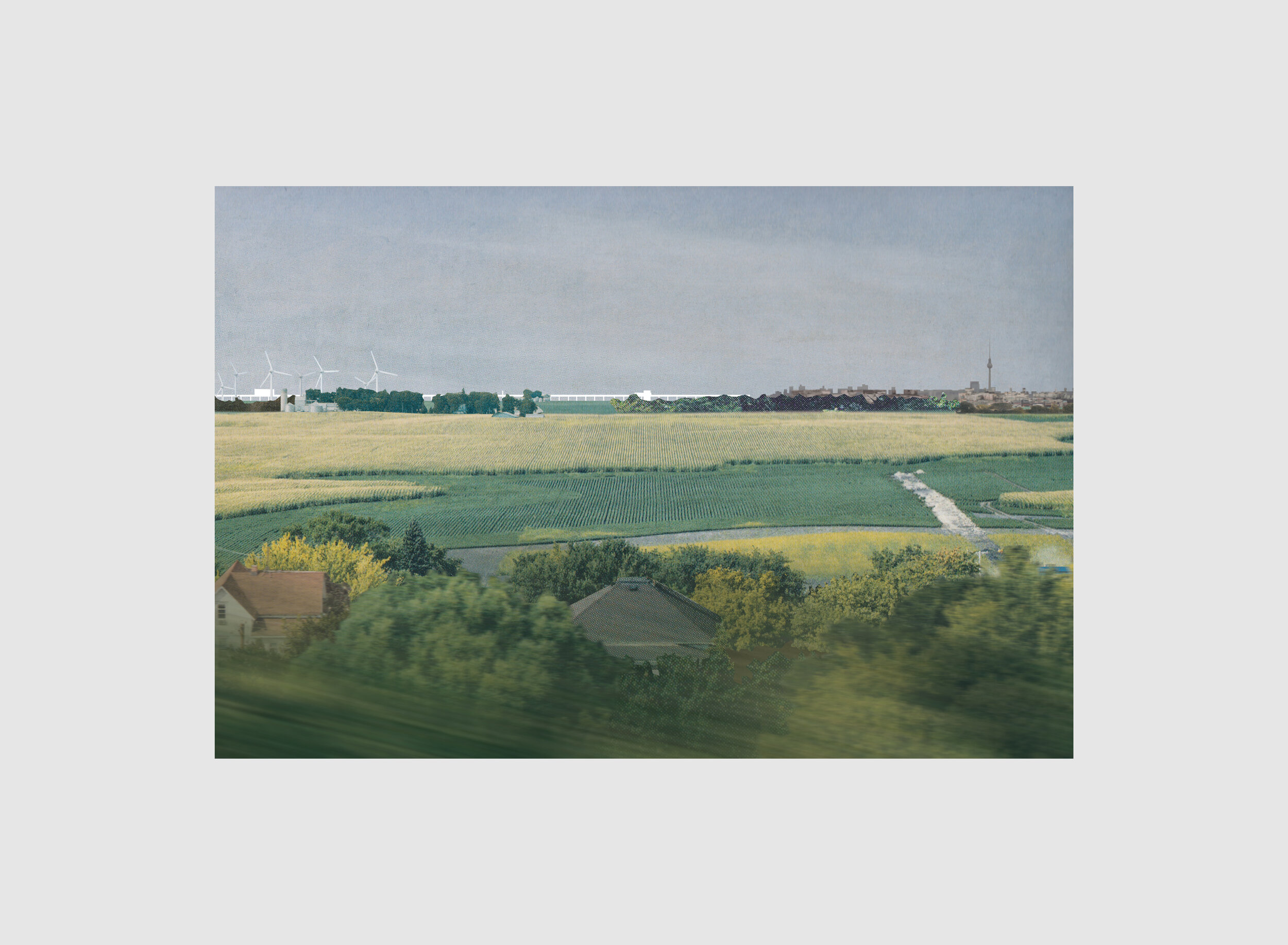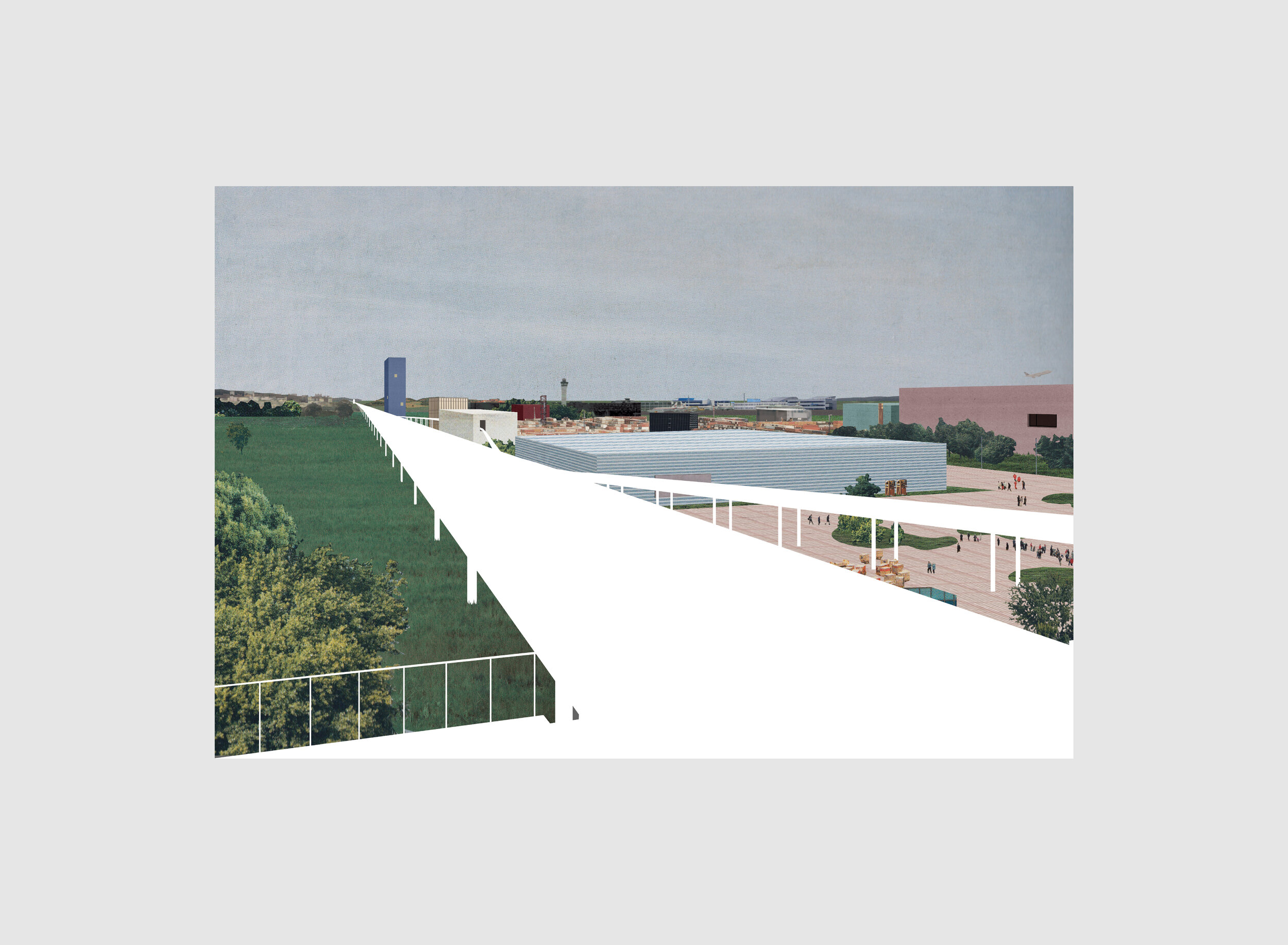GEN 29 - Static in Motion
Brandenburg/Berlin (DE)
Territorial Masterplan
2019, competition
collaboration with MASS Studio
With an increasing population in Berlin, the city faces a need for the provision of additional housing and infrastructure that could service this growth. Yet, if resources for this growth are only focused on Berlin, in both infrastructural and economic indexes, this will result in increasing disparity between Berlin in the centre and the Brandenburg region, in the periphery. This project proposes a territorial strategy that could devise a way to foster both growth and regional integration between Berlin and Brandenburg, achieved by the implementation of an infrastructural development in the form of a ring.
While historically, Berlin has had various centers of growth, over the years, this urban development has taken the form of a sprawl condition, radiating from inner Berlin, whereby these historical urban centers can already be read as merged and as one. This pattern of growth is further supplemented by a rail network that emphasizes on speed away/towards Berlin, and not around Berlin. This new pressure of urbanization on the city will be redirected to this ring.
This reorganization of energy and transport infrastructure acts as a backbone for the stimulation of urbanization along it and as mediator between Berlin and Brandenburg. Complimented with rail stations that stop at a variety of mixed condition along the ring, the ring would develop as a unique urban condition unto itself. Hence, diverting and rerouting a substantial portion of goods and people into Berlin along the ring, putting Berlin’s rapid expansion in a state of statics, through the motion on the ring.


